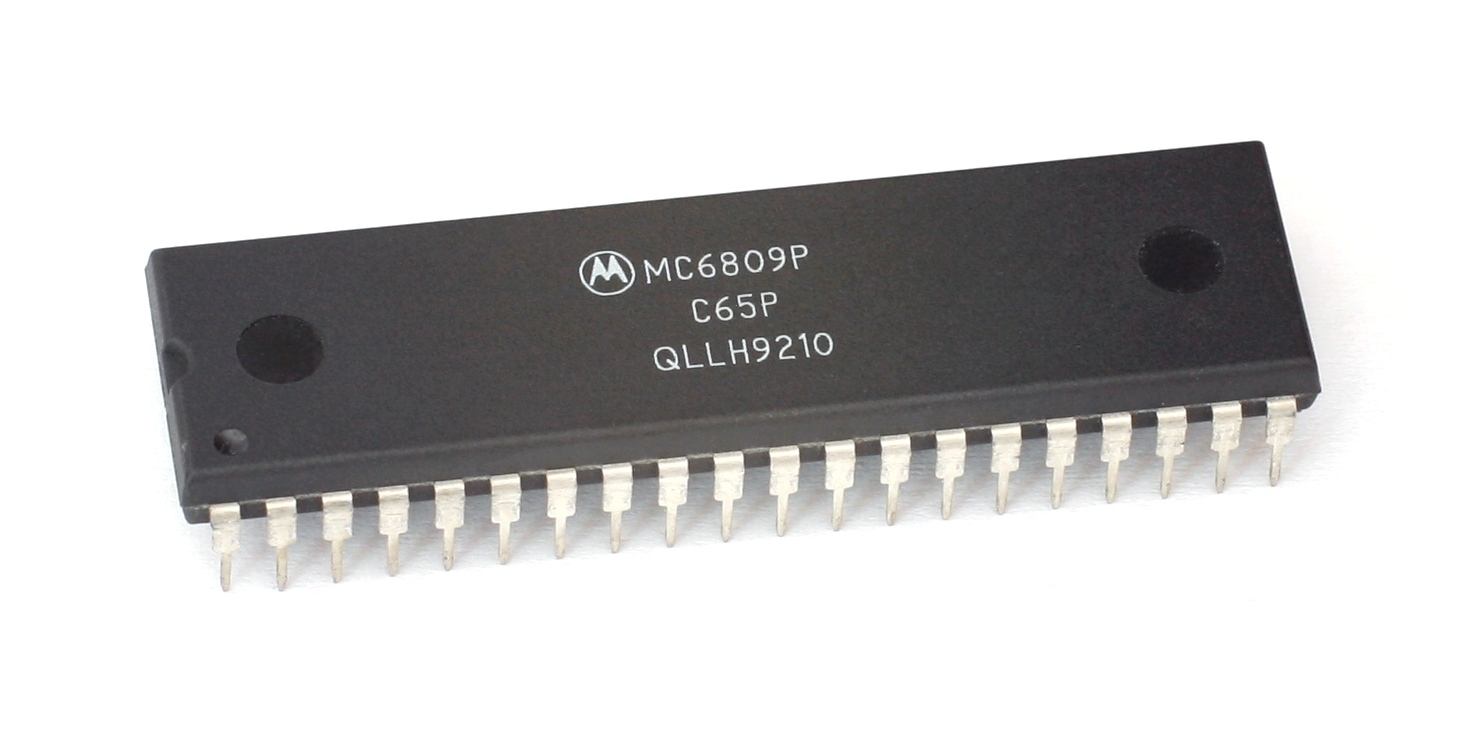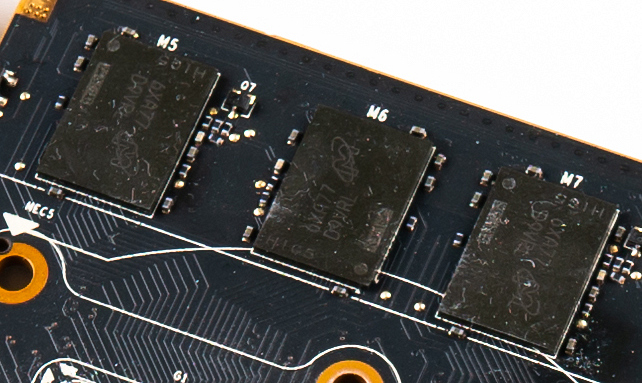|
FM-8
The FM-8 (Fujitsu Micro 8) is a personal computer developed and manufactured by Fujitsu in May 1981. It was Fujitsu's second microcomputer released to the public after the LKIT-8 kit computer, and the first in the "FM" series. The FM-8 was an early adopter of bubble memory technology. The FM-8 would later be replaced by two new models in November 1982 – the FM-11, aimed at businesses and the FM-7 aimed at the mass market. Emulator The computer is emulated by MESS The mess (also called a mess deck aboard ships) is a designated area where military personnel socialize, eat and (in some cases) live. The term is also used to indicate the groups of military personnel who belong to separate messes, such as the o .... References 6809-based home computers Computer-related introductions in 1981 home video game consoles {{comp-hardware-stub ... [...More Info...] [...Related Items...] OR: [Wikipedia] [Google] [Baidu] |
FM-7
The FM-7 ("Fujitsu Micro 7") is a home computer created by Fujitsu. It was first released in 1982 and was sold in Japan and Spain. It is a stripped-down version of Fujitsu's earlier FM-8 computer, and during development it was referred to as the "FM-8 Jr.". Although it was designed to be a cut-down version of the FM-8 (with the FM-7 costing 126,000 yen, compared to 218,000 yen for the FM-8), most notably removing the (expensive) bubble memory technology, the FM-7 was given a more advanced AY-3-8910 sound chip capable of three voice sound synthesis, leading to a strong uptake among the hobbyist computer market in Japan and making it a more popular system than the FM-8. The FM-7 primarily competed with the NEC PC-8801 and Sharp X1 series of computers in the early 1980s. It was succeeded by the FM-77 series of computers in 1984, which featured backwards compatibility with the FM-7. The FM-77 series was later succeeded by the 32-bit FM Towns in 1989. The FM-7 is based around th ... [...More Info...] [...Related Items...] OR: [Wikipedia] [Google] [Baidu] |
FM-11
The FM-11 (Fujitsu Micro 11) was a business computer announced by Fujitsu in November 1982. It is a higher-end model of their previous FM-8 computer, and was released simultaneously with the mass-market FM-7 machine. The FM-11 series was intended to be used in offices. Japanese characters can be displayed within a 16×16 pixels matrix. The FM-11 range was replaced by the 16-bit FM-16β series by the mid-1980s. Models * 1982 — FM-11 EX: 6809 & 8088 dual microprocessors * 1982 — FM-11 AD: 6809 microprocessor only * 1982 — FM-11 ST: economic version of the AD, with FDD as an option. Built-in ROM Basic. * 1984 — FM-11 BS: 8088 microprocessor only * 1984 — FM-11 AD2, OS-9 operating system * 1985 — FM-11 AD2+: enhanced AD2 (256 KB RAM) Emulator Multi Emulator Super System Multi Emulator Super System (MESS) is an emulator for various consoles and computer systems, based on the MAME core. It used to be a standalone program (which has since been discontinued ... [...More Info...] [...Related Items...] OR: [Wikipedia] [Google] [Baidu] |
Bubble Memory
Bubble memory is a type of non-volatile computer memory that uses a thin film of a magnetic material to hold small magnetized areas, known as ''bubbles'' or ''domains'', each storing one bit of data. The material is arranged to form a series of parallel tracks that the bubbles can move along under the action of an external magnetic field. The bubbles are read by moving them to the edge of the material, where they can be read by a conventional magnetic pickup, and then rewritten on the far edge to keep the memory cycling through the material. In operation, bubble memories are similar to delay-line memory systems. Bubble memory started out as a promising technology in the 1970s, offering memory density of an order similar to hard drives, but performance more comparable to core memory, while lacking any moving parts. This led many to consider it a contender for a "universal memory" that could be used for all storage needs. The introduction of dramatically faster semiconductor me ... [...More Info...] [...Related Items...] OR: [Wikipedia] [Google] [Baidu] |
Fujitsu
is a Japanese multinational information and communications technology equipment and services corporation, established in 1935 and headquartered in Tokyo. Fujitsu is the world's sixth-largest IT services provider by annual revenue, and the largest in Japan, in 2021. The hardware offerings from Fujitsu are mainly of personal and enterprise computing products, including x86, SPARC and mainframe compatible server products, although the corporation and its subsidiaries also offer a diversity of products and services in the areas of data storage, telecommunications, advanced microelectronics, and air conditioning. It has approximately 126,400 employees and its products and services are available in approximately 180 countries. Fujitsu is listed on the Tokyo Stock Exchange and Nagoya Stock Exchange; its Tokyo listing is a constituent of the Nikkei 225 and TOPIX 100 indices. History 1935 to 2000 Fujitsu was established on June 20, 1935, which makes it one of the oldest operat ... [...More Info...] [...Related Items...] OR: [Wikipedia] [Google] [Baidu] |
Read-only Memory
Read-only memory (ROM) is a type of non-volatile memory used in computers and other electronic devices. Data stored in ROM cannot be electronically modified after the manufacture of the memory device. Read-only memory is useful for storing software that is rarely changed during the life of the system, also known as firmware. Software applications (like video games) for programmable devices can be distributed as plug-in cartridges containing ROM. Strictly speaking, ''read-only memory'' refers to memory that is hard-wired, such as diode matrix or a mask ROM integrated circuit (IC), which cannot be electronically changed after manufacture. Although discrete circuits can be altered in principle, through the addition of bodge wires and/or the removal or replacement of components, ICs cannot. Correction of errors, or updates to the software, require new devices to be manufactured and to replace the installed device. Floating-gate ROM semiconductor memory in the form of erasab ... [...More Info...] [...Related Items...] OR: [Wikipedia] [Google] [Baidu] |
6809-based Home Computers
{{Numberdis ...
68 may refer to: * 68 (number) * one of the years 68 BC, AD 68, 1968, 2068 * 68 Publishers, a Czech-Canadian publishing firm * '68 (band), an American rock band * '68 (comic book) a comic book series from Image Comics See also *List of highways numbered 68 The following highways are numbered 68: Australia * Channel Highway (Tasmania) * NSW (Multiple routes) Canada * Alberta Highway 68 * Manitoba Highway 68 * Ontario Highway 68 Chile * Chile Route 68 India * National Highway 68 (India) Kore ... [...More Info...] [...Related Items...] OR: [Wikipedia] [Google] [Baidu] |
Multi Emulator Super System
Multi Emulator Super System (MESS) is an emulator for various consoles and computer systems, based on the MAME core. It used to be a standalone program (which has since been discontinued), but is now integrated into MAME (which is actively developed). MESS emulates portable and console gaming systems, computer platforms, and calculators. The project strives for accuracy and portability and therefore is not always the fastest emulator for any one particular system. Its accuracy makes it also useful for homebrew game development. As of April 2015 MESS supported 994 unique systems with 2,106 total system variations. However, not all of the systems in MESS are functional; some are marked as non-working or are in development. MESS was first released in 1998 and has been under constant development since. MAME and MESS were once separate applications, but were later developed and released together from a single source repository. MAMEDEV member David Haywood maintained and distrib ... [...More Info...] [...Related Items...] OR: [Wikipedia] [Google] [Baidu] |
Personal Computer
A personal computer (PC) is a multi-purpose microcomputer whose size, capabilities, and price make it feasible for individual use. Personal computers are intended to be operated directly by an end user, rather than by a computer expert or technician. Unlike large, costly minicomputers and mainframes, time-sharing by many people at the same time is not used with personal computers. Primarily in the late 1970s and 1980s, the term home computer was also used. Institutional or corporate computer owners in the 1960s had to write their own programs to do any useful work with the machines. While personal computer users may develop their own applications, usually these systems run commercial software, free-of-charge software (" freeware"), which is most often proprietary, or free and open-source software, which is provided in "ready-to-run", or binary, form. Software for personal computers is typically developed and distributed independently from the hardware or operating system ... [...More Info...] [...Related Items...] OR: [Wikipedia] [Google] [Baidu] |
6809
The Motorola 6809 ("''sixty-eight-oh-nine''") is an 8-bit microprocessor with some 16-bit features. It was designed by Motorola's Terry Ritter and Joel Boney and introduced in 1978. Although source compatible with the earlier Motorola 6800, the 6809 offered significant improvements over it and 8-bit contemporaries like the MOS Technology 6502, including a hardware multiplication instruction, 16-bit arithmetic, system and user stack registers allowing re-entrant code, improved interrupts, position-independent code and an orthogonal instruction set architecture with a comprehensive set of addressing modes. Among the most powerful 8-bit processors of its era, it was also much more expensive. In 1980 a 6809 in single-unit quantities was compared to for a Zilog Z80 and for a 6502. It was launched when a new generation of 16-bit processors were coming to market, like the Intel 8086, and 32-bit designs were on the horizon, including Motorola's own 68000. It was not feature competit ... [...More Info...] [...Related Items...] OR: [Wikipedia] [Google] [Baidu] |
VRAM
Video random access memory (VRAM) is dedicated computer memory used to store the pixels and other graphics data as a framebuffer to be rendered on a computer monitor. This is often different technology than other computer memory, to facilitate being read rapidly to draw the image. In some systems this memory cannot be read/written using the same methods as normal memory; it is not memory mapped. Description While a computer has system RAM, most contemporary graphics cards have access to a dedicated set of memory known as VRAM. In contrast, a GPU which shares system memory has a Unified Memory Architecture, or shared graphics memory. System RAM and VRAM has been segregated due to the bandwidth requirements of GPUs, and to achieve lower latency since VRAM is physically closer to the GPU die. Modern VRAM is found in a BGA package soldered onto the graphics card. Like the GPU itself, the VRAM is cooled by the GPU heatsink. Technologies * Video RAM (dual-ported DRAM), a s ... [...More Info...] [...Related Items...] OR: [Wikipedia] [Google] [Baidu] |
Casio
is a Japanese multinational electronics manufacturing corporation headquartered in Shibuya, Tokyo, Japan. Its products include calculators, mobile phones, digital cameras, electronic musical instruments, and analogue and digital watches. It was founded in 1946, and in 1957 introduced the world's first entirely compact electronic calculator. It was an early digital camera innovator, and during the 1980s and 1990s, the company developed numerous affordable home electronic keyboards for musicians along with introducing the world's first mass-produced digital watches. History Casio was established as Kashio Seisakujo in April 1946 by Tadao Kashio ( 樫尾忠雄 1917–1993), an engineer specializing in fabrication technology. Kashio's first major product was the yubiwa pipe, a finger ring that would hold a cigarette, allowing the wearer to smoke the cigarette down to its nub while also leaving the wearer's hands free. Japan was impoverished immediately following World War II, ... [...More Info...] [...Related Items...] OR: [Wikipedia] [Google] [Baidu] |






